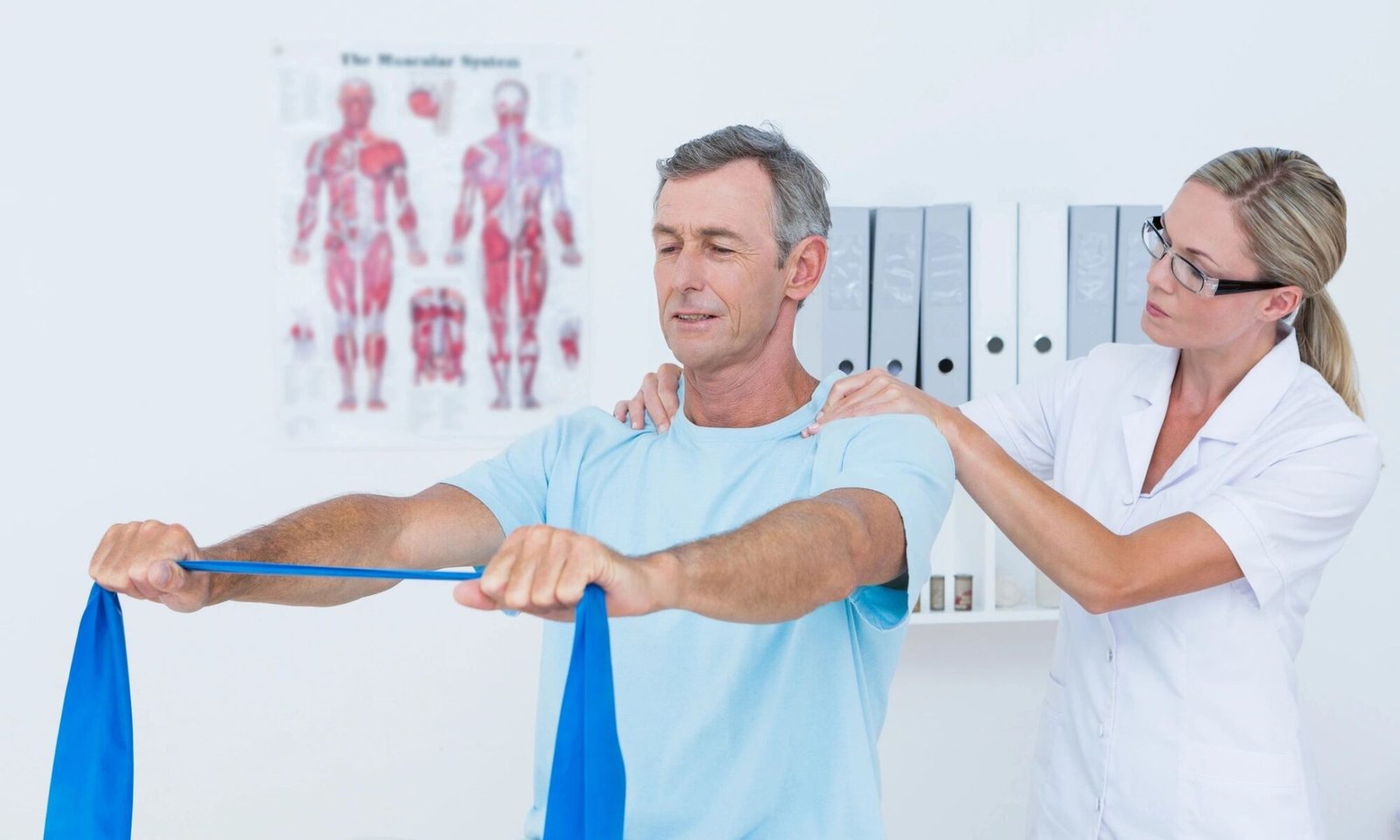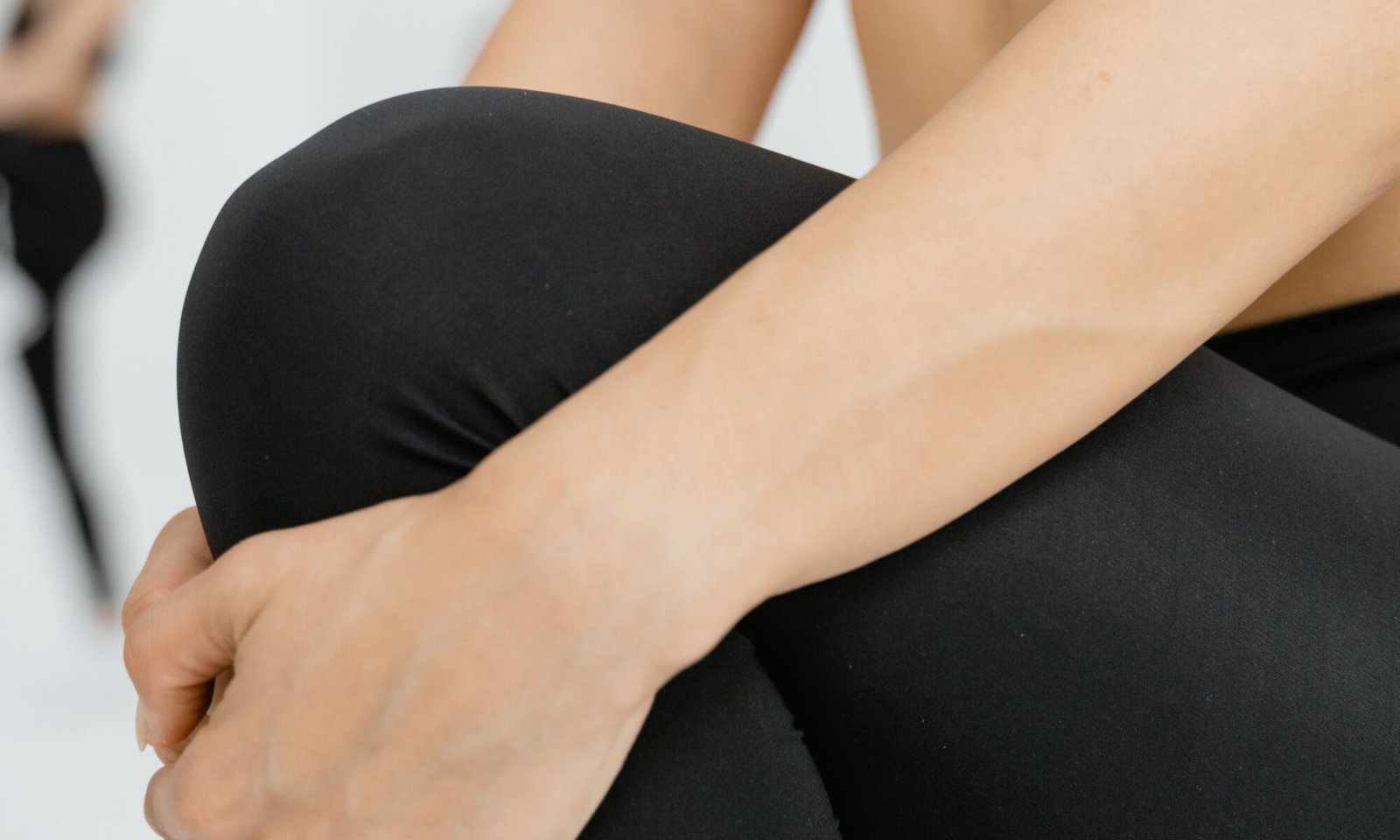Introduction: Elbow Pain, Forearm to Elbow Pain
If you are suffering from elbow pain, you are not alone. Elbow pain is a common issue that affects people of all ages and activity levels. Whether your elbow pain is caused by injury, overuse, or underlying medical conditions, it can be difficult to cope with. In this article, we will discuss the causes of forearm to elbow pain and ways to manage it. We will also offer tips to help prevent elbow pain in the future.
Causes of elbow pain
So, what causes forearm to elbow pain? The following are just a few of the numerous factors that could cause elbow injuries:
- – lack of forearm muscular strength or flexibility
- – insufficient shoulder muscle strength
- – joint instability at the elbow
- – using improper technique while playing sports, particularly tennis and golf, cause the elbow joint to experience excessive tension.
- – improper sporting equipment, such as utilizing a heavy tennis racquet or a golf club with the wrong-sized grip
- – repetitive hand and arm motions, such as those found in assembly line labor
- – making the muscles and joints continuously bear hefty loads from additional variables like neck problems or nerve irritation.
Elbow pain golf
Elbow pain golf is an injury that occurs when you play golf. Three areas of the elbow can be affected by elbow pain golf: the medial epicondyle, the olecranon fossa, and the coronoid process.

The most common cause of elbow pain in golf is overuse of your forearm muscles. When you do this, your forearm muscles become inflamed (swollen). As they continue to be used in this way without rest, they may develop small tears in their fibers or even just start to wear out completely.
Elbow pain kt tape is an elastic cotton tape that is used to treat and help prevent injuries. The tape is designed to lift the skin and muscles away from the underlying tissue and stimulate the lymphatic system. It can be applied to a number of ailments, This type of kinesio tape is applied to elbow.
Elbow pain burning
Experiencing elbow pain burning can be a very uncomfortable and painful experience. Elbow pain burning can be caused by a variety of different conditions, ranging from tendonitis to bursitis to nerve damage. It is important to identify the source of your elbow pain burning to treat it properly.
Tendonitis is one of the most common causes of elbow pain burning. Tendonitis is when the tendons around the joint become irritated and inflamed. Overuse or repetitive motions of the arm may be the cause of this. Signs and symptoms of tendonitis include swelling, tenderness, and stiffness around the elbow joint.
Bursitis is another condition that can lead to elbow pain and burning. Bursitis is an inflammation of the bursae, which are fluid-filled sacs located around the joint that provides cushioning. Bursitis occurs when the bursae become irritated and inflamed due to trauma or overuse. Symptoms of bursitis include swelling, tenderness, and stiffness around the joint.
Nerve damage can also cause elbow pain and burning. Nerve damage can be caused by trauma to the elbow, including fractures or dislocations. It can also be caused by diseases such as diabetes, carpal tunnel syndrome, or cubital tunnel syndrome. Signs and symptoms of nerve damage include numbness, tingling, and weakness in the affected area.
It is important to seek medical advice if you are experiencing elbow pain and burning to identify the underlying cause and get the proper treatment. Treatment options may include physical therapy, medications, or surgery, depending on the cause.
Elbow pain gripping
Have you ever experienced elbow pain gripping? It can be a frustrating, and even painful, sensation that can have many causes. Elbow pain gripping is often a symptom of a medical condition, such as tendonitis or bursitis, and can be caused by repetitive movements or overuse.
If you experience elbow pain gripping, it’s important to identify the cause so you can receive the proper treatment. The most common causes of elbow pain gripping include:
- – Tendonitis: This condition occurs when the tendons in your elbow become inflamed or irritated, usually due to repetitive movements or overuse.
- – Bursitis: This occurs when the bursae in your elbow become inflamed or irritated, usually due to repetitive movements or overuse.
- – Arthritis: This condition is caused by inflammation of the joints in the elbow and can cause a variety of symptoms, including stiffness and pain.
- – Injury: Injury to the elbow can occur from a fall or other accident and can result in elbow pain gripping.
If you are experiencing elbow pain gripping, it’s important to speak with your doctor or healthcare provider. They will help diagnose the cause of your elbow pain and provide treatment options to help relieve your discomfort. Treatment for elbow pain gripping may include rest, ice, compression, physical therapy, medications, and/or surgery.
It’s also important to take steps to prevent elbow pain gripping from occurring in the future. This may include avoiding activities that put a strain on your elbow, strengthening exercises to support the joint, and wearing protective gear while engaging in physical activities.
If you’re experiencing elbow pain gripping, don’t hesitate to reach out for help. With proper diagnosis and treatment, you can reduce your discomfort and get back to living an active life.
Forearm to elbow pain
If you’re experiencing pain in your forearm or elbow, it can be difficult to pinpoint the source of the issue. The forearm and elbow are connected by a complex network of muscles and tendons that work together to control movement. When something goes wrong with this intricate system, it can cause discomfort and even chronic pain.

There are several possible causes of forearm to elbow pain, including overuse injuries, tendonitis, bursitis, and arthritis. Repetitive motions like typing, playing musical instruments, and weightlifting can strain the muscles and tendons of the forearm and elbow, leading to inflammation and discomfort. Other conditions such as tennis elbow, golfer’s elbow, and De Quervain’s syndrome can also result in pain in these areas.
If you are experiencing forearm to elbow pain, it’s important to seek medical attention right away. Your doctor may recommend rest, icing the affected area, physical therapy, or medication. If the cause of your pain is an overuse injury or tendonitis, your doctor may also suggest changes to your activity level or technique. Additionally, they may suggest specialized treatments such as cortisone injections or stem cell therapy.
When it comes to dealing with forearm to elbow pain, it’s important to remember that every person’s body is different. Make sure to consult with a healthcare professional who can help you identify the source of your discomfort and come up with a plan for managing it.
Elbow pain in the left arm
If you’re experiencing elbow pain in your left arm, you’ve likely injured the ulnar collateral ligament. This is a ligament that connects the humerus (upper arm bone) to the ulna (the smaller of your two forearm bones).
The pain from a torn UCL is often described as “a shooting or stabbing pain on the inside of your elbow,” and can also be accompanied by loss of motion and/or swelling.
Elbow pain extension
When it comes to dealing with elbow pain, one of the best ways to reduce discomfort is through a series of elbow pain extensions. These exercises can help to loosen tight muscles and tendons around the elbow joint, helping to alleviate pain and improve the range of motion.
To perform an elbow pain extension, begin by standing with your back against a wall or flat surface. Bend your affected arm at the elbow to approximately 90 degrees and place your hand on the wall behind you. Keeping your arms bent, press your palm into the wall and straighten your arm as much as possible without pain. Hold this position for 15 to 20 seconds before slowly releasing back to the starting position. Complete two sets of 15-20 repetitions each.
For an added challenge, use a rubber resistance band for the elbow pain extension exercise. Place the band around your affected arm just above the elbow and press your palm into the wall. As you do this, resist the force of the band by keeping your arm bent as you straighten it. Complete two sets of 15-20 repetitions.
Tricep near elbow pain
Do you experience pain in your tricep near your elbow? If so, you’re not alone. Elbow pain is a common condition that affects many people, ranging from minor aches and pains to more severe conditions. While elbow pain can be caused by several things, one of the most common culprits is inflammation in the tricep area of the arm.
In either case, tricep near elbow pain can cause tenderness, soreness, and swelling in the area. It can also lead to decreased range of motion, making it difficult to move the arm and carry out activities. If the pain persists or worsens, it’s important to seek medical attention right away as it could be indicative of a more serious underlying condition.
Fortunately, there are a variety of treatments available to help manage tricep near elbow pain. Resting the affected arm and avoiding activities that might cause further injury can be beneficial. Applying cold packs to reduce swelling, taking over-the-counter anti-inflammatory medications like ibuprofen, and physical therapy to strengthen muscles and improve range of motion are all potential treatments for tricep near elbow pain.
If you’re experiencing tricep near elbow pain, don’t ignore it. Seek medical advice from your doctor and discuss treatment options. With proper care, you can find relief and return to your normal activities soon.
Elbow pain extending arm
Some of the most common treatments for elbow pain extending arm include physical therapy, steroid injections, anti-inflammatory medications, and bracing. Physical therapy is often used to strengthen the muscles in the area and improve the range of motion. Steroid injections can help reduce inflammation and swelling in the elbow joint, which can make it easier to move the arm without pain. Anti-inflammatory medications like ibuprofen can also help reduce pain and swelling. Bracing may also be necessary to provide additional support to the elbow joint and reduce the amount of pain when using the arm.
If you are experiencing elbow pain extending your arm, it’s important to talk to your doctor about the best treatment options for you. With the right combination of therapies, you can have improved mobility and reduced pain.
Elbow pain carpal tunnel
Fortunately, there are ways to help manage and treat elbow pain carpal tunnel. First and foremost, it is important to recognize the symptoms and take action right away to avoid further damage. Resting the affected arm and using ice packs to reduce inflammation can be very helpful. Over-the-counter pain medications such as ibuprofen or naproxen may also provide relief.
Stretching exercises can also help reduce pain and increase mobility in the forearm and elbow. These stretches should be done every day and gradually increased in intensity over time. Yoga, Pilates, and tai chi can also help improve flexibility and strengthen muscles in the arm.
For more severe cases, physical therapy may be necessary to help manage the pain and improve function. A physical therapist can provide specialized exercises and techniques that can help strengthen the affected area and reduce inflammation. In some cases, surgery may be necessary to correct any structural issues in the elbow joint or surrounding tissues.
Elbow pain after lifting
Lifting can cause elbow pain for many people, especially those who aren’t used to the activity or those who put too much strain on their elbows. If you experience elbow pain after lifting, it’s important to understand the cause and find ways to treat and prevent it.
One of the most common causes of elbow pain after lifting is tendinitis. Tendinitis is an inflammation of the tendons which attach muscle to bone. It can occur from overuse or from putting too much strain on the joint while lifting. Symptoms can include swelling, tenderness, and pain in the affected area.
Another cause of elbow pain after lifting could be bursitis, which is an inflammation of the bursa sac that cushions and protects joints. This is often caused by excessive stress on the joint or repetitive motion, such as weightlifting. Symptoms can include swelling, redness, and sharp pains when moving the arm.
To help manage elbow pain after lifting, it’s important to take care of your body by stretching before and after workouts and using proper form while lifting. Additionally, applying ice to the affected area can help reduce inflammation and reduce pain. Over-the-counter medications such as ibuprofen may also be taken to reduce inflammation and relieve pain. If these measures don’t work, it’s important to consult with a doctor for further evaluation and treatment.
What can you do to prevent elbow pain from happening?
First off, make sure that you’ve got the right grip on your club. Your hands should be about shoulder-width apart and your elbows should be slightly bent when holding the club. This will help keep your swing smooth and prevent unnecessary stress on the elbows.
Next up: think about your posture. You want to make sure that your spine is aligned properly so that you’re not leaning too far forward or backward during playtime (which is another cause of elbow pain).
Finally: practice makes perfect! The more often you go out there and swing away, the more comfortable those movements become until their second nature.























